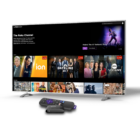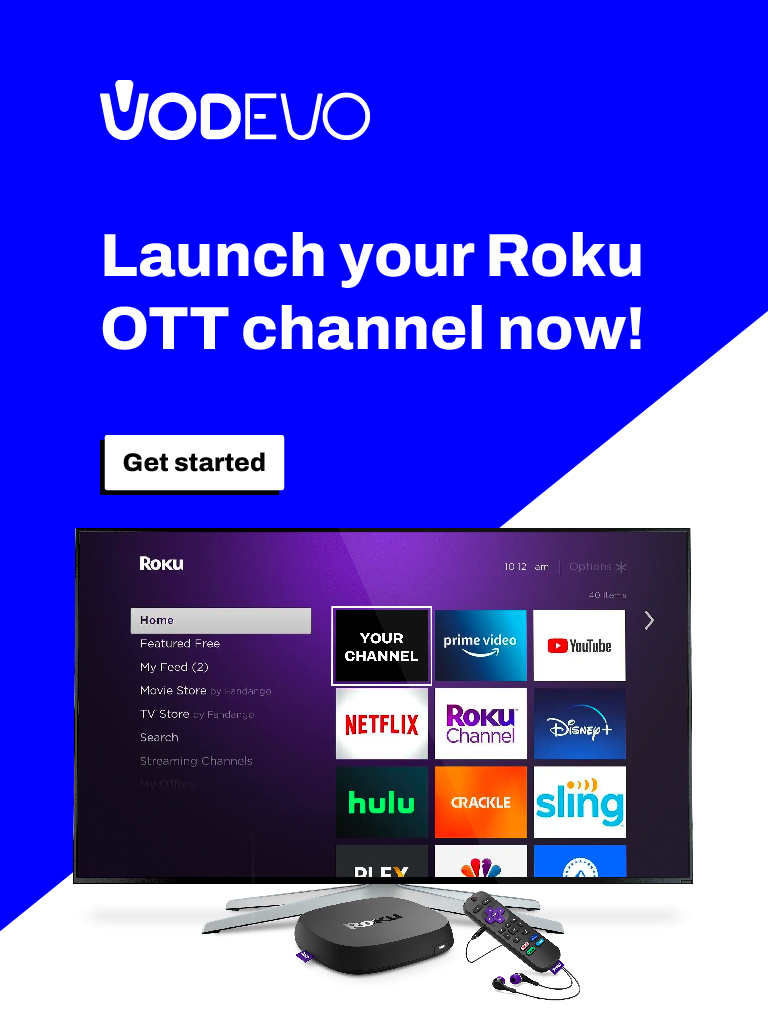From an external perspective, this decision may appear perplexing. If you own the most renowned news brand on television, why wouldn’t you include it on your flagship streaming app? It would undoubtedly provide another unique selling point for your app. Roku start with sport live.
Nevertheless, for those familiar with the industry, the exclusive focus on international markets is not surprising at all. WBD faces restrictions in the US due to its reliance on millions of dollars in carriage fees from Multichannel Video Programming Distributors (MVPDs).
Although the exact amount remains known only to CNN’s finance team, it would be astonishing if it weren’t a figure with nine decimal places.
This is why WBD intends to continue capitalizing on these carriage fees for as long as possible, which also led to the swift discontinuation of CNN+.
The crucial question is whether this strategy ultimately leads to the demise of CNN.
Why it’s significant for Roku?

The retention of subscribers for Multichannel Video Programming Distributors (MVPDs) heavily relies on access to live news and sports, or simply put, the inertia of their customers. It’s certainly not due to exceptional customer service.
Both parties involved are determined to sustain this situation for as long as possible. WBD needs the revenue to address its significant debt from AT&T, while MVPDs require subscribers to maintain their business.
However, there’s a crucial factor to consider: CNN’s average subscriber demographic is considerably older. They belong to an age group where retirement in France wouldn’t be out of the question.
Younger individuals have numerous alternative ways to access news, which means that, except for major events like Russia’s invasion of Ukraine or US presidential elections, they have no interest in watching CNN.
This poses a problem because as cable television increasingly becomes associated with older, less technologically savvy individuals, the younger audience necessary for CNN’s long-term survival becomes less aware of its existence.
Roku’s Entry into Live Sports with Formula-E
Roku recently made an exciting announcement, revealing its first venture into live sports broadcasting with Formula-E auto racing.
For those unfamiliar, Formula-E is a popular auto racing series dedicated to electric vehicles. The sport has garnered substantial attention, with its previous season attracting nearly 400 million viewers worldwide through platforms like the BBC.
Roku’s entry into live sports comes as a result of a partnership with Paramount. Under this agreement, the races will be broadcasted on CBS, Paramount+, and The Roku Channel. Users can access the races through the live sports hub featured on the Roku home screen.
This entire deal serves as an excellent example of how to capitalize on the current hybrid TV landscape while simultaneously expanding one’s user base.
For Roku specifically, this move proves to be a particularly astute decision.








